By Janis D. Gioia, MAEd.
Holiday anxiety.
You probably began feeling it with the first Black Friday commercial.
The anticipation and dread of what lies ahead: buying gifts, cooking holiday meals, entertaining and decorating.
And while children may not exactly be doing these things, they sense the nervous energy.
Unfortunately, your kids are not immune from holiday anxiety.
All children, but especially those with anxiety disorders and autism spectrum disorders are prone to feeling anxious and out of control this time of year.
The chaos of a season supposed to be bright and merry often leaves children with feelings that are overwhelming and scary.
Things seem out of control at home, and they are often on a holiday break from school where at least their routine is more predictable.
For ideas on helping kids with holiday anxiety at school read: 10 Ways to Reduce Anxiety in the Classroom at the Holidays.
Here are some tips to soothe children with anxiety, autism and other special needs as they navigate the “big” holidays: Thanksgiving, Christmas and New Year’s.
Stressor: Traveling across town or across the country.
Navigating crowded airports is never fun, especially for a child with anxiety disorders or autism.
Ideally you are traveling when your child is well-rested and fed, but delays happen, flights are cancelled, and you might find yourself with hours at the gate with a child who is in meltdown mode.
What can you do?
Plan Ahead. Expect the unexpected.
Air Travel
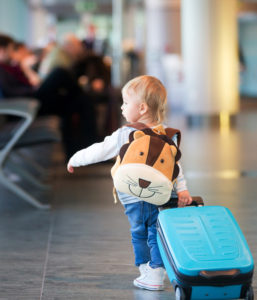
Write a few social stories before traveling to help your child prepare for a flight delay or cancellation or the unexpected need to get a rental car and drive instead of fly.
Social stories can be made on paper (the way I always did in my classroom) or on a tablet or smartphone.
Touch Autism is a wonderful resource for creating your own social stories on your child’s iPad or iPhone.
Consider things that might stress your child:
long lines
moving walkways
the unexpected loud “whoosh” and “roar” of an automated airport toilet flushing
the smells of foods in the concourse
the necessity of needing to take a train between terminals.
Plan for and practice dealing with these stressors as best you can, before you travel.
TSA Cares is a helpline for children and adults with special needs: https://www.tsa.gov/travel/passenger-support
Contact them by email: [email protected] or by phone: 1-855-787-2227
Get a TSA notification card and let the screening agent know that your child has autism or an anxiety disorder.
This video will help you and your child prepare for the airport screening: (https://www.tsa.gov/videos/tsa-cares-screening-travelers-autism-spectrum-0)
Talk to your airline in advance if your child might do better with early boarding. Some children prefer early boarding to get settled in…some children do better getting on later so they do not have as much time to sit on a plane.
Keep medicine and special snacks in your carry-on bag.
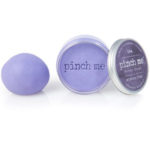
Image courtesy of Pinch Me Therapy dough
Pack comfort items like noise cancelling earphones, a weighted lap pad or blanket, therapy dough (my favorite is Pinch Me Therapy Dough,) stuffed animal or other sensory toys.
Check to see if your departure or arrival airport has a sensory space designed for people with autism. https://www.todaysparent.com/family/special-needs/autism-friendly-airports/
Car Travel
As with traveling by air, planning ahead is the key.
Use social stories.
Have plenty of your child’s favorite snacks, bottled water (dehydration causes anxiety, headaches, rapid heart rate and muscle aches).
Pack an extensive bag of activities, books, sensory comforts.
Take breaks as often as your child needs.
Prepare your child for sensory issues that may occur in public restrooms, the noises and smells of unfamiliar fast food restaurants or the glare of headlights if you find yourself driving at night. (Noise cancelling headphones and eye-masks may help.)
One of my favorite tips comes from Brenda Richards, a pediatric occupational therapist in Solon, Ohio: putting your child’s favorite lip balm under their nose. This helps mask any uncomfortable smells like gas, exhaust, etc. (This is a good tip for air travel as well.)
Stressor: Separation from home and familiar things
Whether a child is missing a pet who is being boarded or trying to sleep in an unfamiliar bed, children with anxiety and autism struggle with separation from their homes and familiar things.
Here are some ways to help.
Whenever possible, bring comfort items from home with you. A pillow, favorite stuffed animals, sheets (many children with autism struggle with the sheets in hotels or in a guest room at grandma and grandpa’s), a favorite essential oil and diffuser, etc.
Download pictures of a boarded or left at home pet on a phone or tablet. Also bring a digital or physical photo album with snapshots of your child’s favorite things, comforting spaces and soothing places.
If your child will be separated from a loved one, consider having the individual write letters to your child, in advance, that the child can read (or you can read to them) while you are away. Recorded messages or recordings of the loved one reading your child’s favorite bedtime stories is another comforting way to bridge the distance.
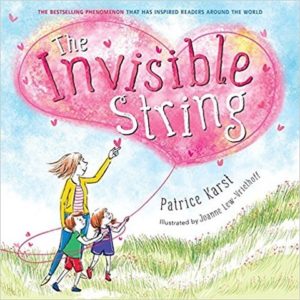
Image courtesy of Patrice Karst
The Invisible String, by Patrice Karst is a beautiful picture book about separation and offers children a comforting sense of connection to loved ones far away.
This gentle book uses the soothing image, of an invisible string that forever connects us to those we love is powerful: it brings peace to children who struggle with separation anxiety or to those struggling with any of a number of losses.
Stressor: Altered Routines
It goes without saying that children with autism spectrum disorders and anxiety need the comfort of their routines. But despite your best intentions, it is not possible for you to maintain all your child’s routines over the holidays.
In addition to using social stories, talk to your child about how the holiday (or days) will not follow a predictable pattern.
Using a visual schedule will help. Some children like their daily schedule on paper, cards or their tablet.
Follow your child’s night time or nap time routine, putting them to bed at as close to their regular time as possible.
Maintain calming rituals that soothe your child. Use favorite books, essential oils, calming music and other comfort items.
Stressor: Socializing with unfamiliar people
In my article How to Help Anxious Children with the Holidays I discuss way to help your child with the social anxiety of seeing many different and new faces.
Using a digital or physical photo album of people they will see is one way to help.
You can also write social stories to prepare your child for meeting new people. 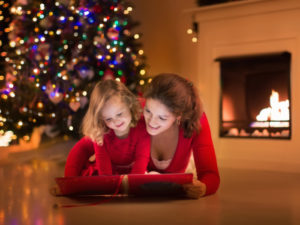
I often used puppets to help my students practice meeting new people. Puppets are a safe way to role play and offer a comforting way to assimilate new behaviors.
Whenever possible, introduce your child to new people (adults and children) one-on-one or in small groups.
Cue family and friends to your child’s needs so she doesn’t get ambushed walking in the door to an unfamiliar place.
Stressor: Eating foods that smell/taste or have different textures
Have an alternate favorite food (or foods) available for your child. Children with anxiety and autism get anxious when things look, smell or taste different.
Prepare your hosts in advance so there are no hurt feelings. While your child eats his favorite food, see if she is open to trying a taste of something new. Sometimes putting the new item on a “special” plate with their favorite character is just enough incentive for them to try…if not, holidays are about sharing time with loved ones, not eating cranberry sauce and Grandma’s cornbread stuffing.
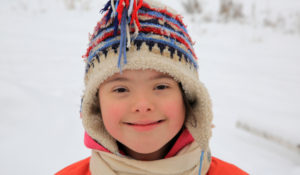
Stressor: Sensing the holiday anxiety exhibited by adults
Children with autism and anxiety often have a heightened ability to sense anxiety and discomfort in others.
The best way to keep your child with anxiety or autism calm is by being calm yourself.
My article How to Help Kids with Autism, Anxiety and Special Needs Calm Down at the Holidays shares many comforting activities you can do with your child to relieve holiday stress.
Here are some ideas to get you started:
* Use meditation. Meditation has been scientifically proven to reduce stress and anxiety, improve sleep, enhance immunity, and offers numerous other benefits. For some of the best meditation content for kids, try Wee Meditate.
Wee Meditate is a meditation platform that was created especially for kids. With a magical Dragon, and forest animal characters, the stories and meditations in this storybook world are perfect for children ages 3 and up. Their meditations focus on helping children with anxiety and other big emotions.
* Color in an adult coloring book and invite your child to join you. Coloring, according to pediatric occupational therapist Brenda Richards, OTR/L “Can soothe anxiety and elicit a relaxation response. The reaction allows a lower heart rate, blood pressure and less muscle tension. Repeating fine motor movements can allow the brain to focus on returning to that movement rather than to anxious thoughts.”
* Walk on a snowy trail or have hot chocolate by a bonfire. Time in nature quiets anxiety and soothes the soul.

Creating caring rituals for yourself eases holiday or “any-day” anxiety and shows your children how to manage stress.
Have your child join you in creating a comfort kit.
Make one for yourself and help your child make their own.
(You can find ideas on making a comfort kit here.)
When you feel anxiety, model using the comfort kit to your child.
Say, “I’m feeling anxious today. I will use my comfort kit to help me relax.”
Modeling ways you comfort yourself during times of stress educates your anxious child, giving them tools to soothe themselves.
Begin a self-care practice that is a holiday gift to yourself and your child, and one you can continue in the new year:
Prayer
Yoga
Meditation
Exercise
Keeping a gratitude journal.
Wrap yourself in the softest blanket you have and watch the stars twinkling in the night sky.
I hope these ideas help you help your child have a holiday season that is calm, blessed and beautiful.
Remember, in the stillness and the quietness, in the gentle healing moments, comfort comes.
Peace, Jan

By signing up, you’ll also receive your free guide with 20 ways to comfort your child…mind, body and spirit.

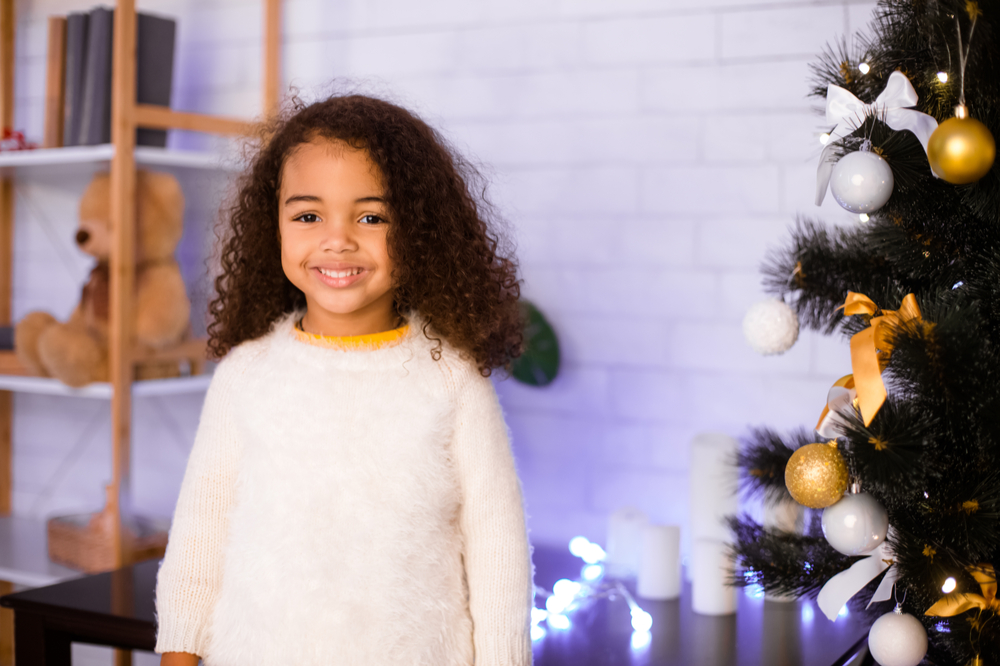
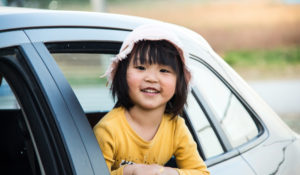
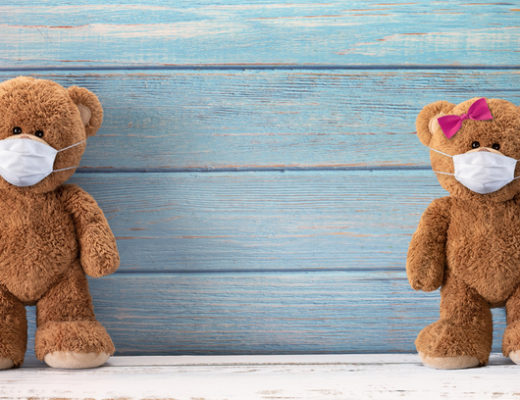
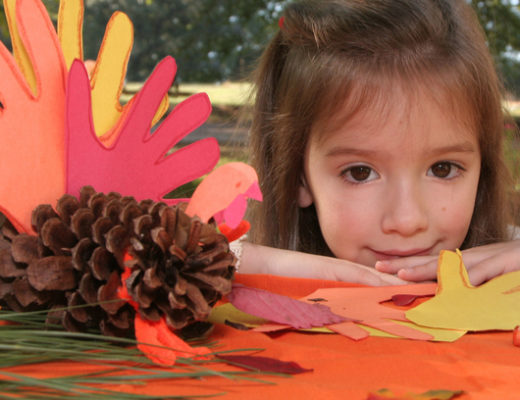
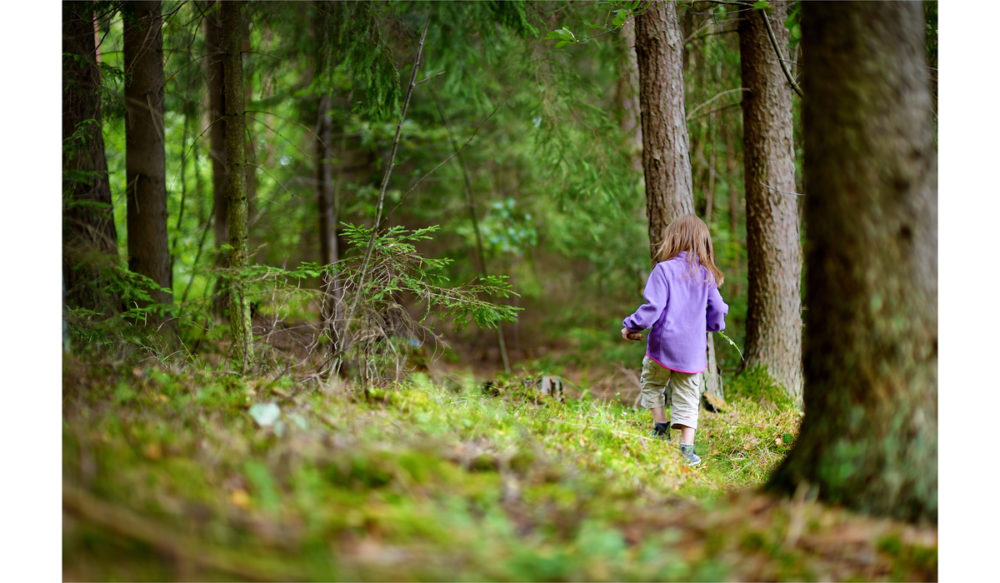

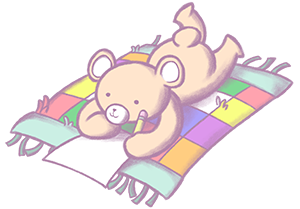
 in Ohio
in Ohio
2 Comments
Jan these are valuable resources and advice for making the holidays less anxiety-producing and more enjoyable. Thank you!
Your welcome! I hope these ideas help you and your children have a more peaceful holiday season!